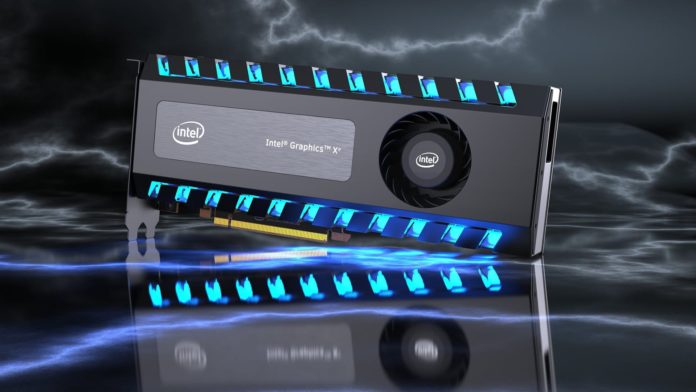Multi-GPU support has been shaky from the moment it was conceived in the form of SLI by 3Dfx 1998. There have been numerous improvements and different approaches have been taken to tackle the issue from Alternate Frame Rendering (AFR), Split Frame Rendering (SFR), etc but with every new generation, it feels like the tech is doomed to die. The latest issue with SLI and XFX is that it’s not compatible with temporal filtering, upscaling or AA. In Temporal effects, data from the previous frame is required and in case of AFR (the most popular multi-GPU technique), frames are rendered alternatively by the two GPUs, so to derive each alternate frame, the data needs to be fetched from the other GPU. This induces a large latency penalty crippling scaling and at times simply not working.

Intel has been working on MCM (chiplet based) GPUs for its Xe launch later this year and according to the project lead, Raja Koduri, the new chiplet approach will be instrumental in breaking the multi-GPU barrier. Speaking to AnandTech’s Ian Cutress, he shared his reasons for joining Intel and the company’s plans in the discrete GPU space. Furthermore, he explained Intel’s ambitious plan to attack the mainstream gaming space as well as the Data Center and AI segments, largely run by accelerators and GPUs.
When asked about gaming, he expressed his excitement about the coming years while also shedding some light on how the company will be approaching the market. It looks like Intel’s path is set and it’ll be indeed going ahead with the MCM design, combining various heterogenous dies to make a larger, high-performance graphics card.
Multi-GPU support has apparently been one of his biggest challenges and feels with the help of the chiplet approach, it can be solved, of course with aid from the software side in the form of OneAPI. Intel is looking to make OneAPI the defacto API across various platforms to improve GPU compatibility and scaling in the process figure out multi-GPU support as well.

He didn’t say anything about Xe’s launch date, however, stating that they’re not focused on execution as much and are building the basics right now. That means drivers, software support, APIs that bind it all together. In case you didn’t know Intel will be using its UHD Graphics for Xe too, the same ones used for the on-board graphics (with modifications and improvements of course). We’ll keep you posted.


